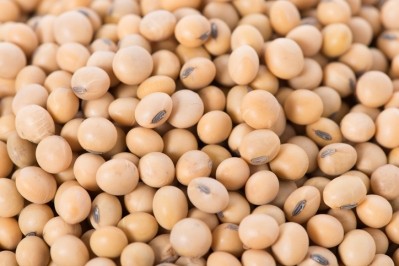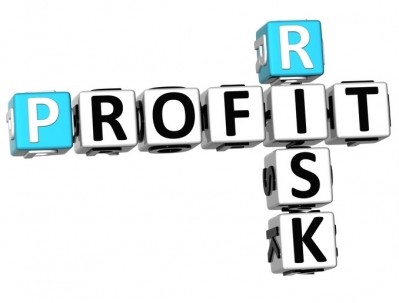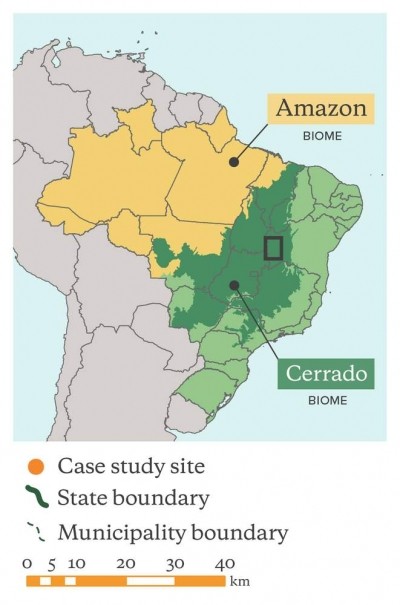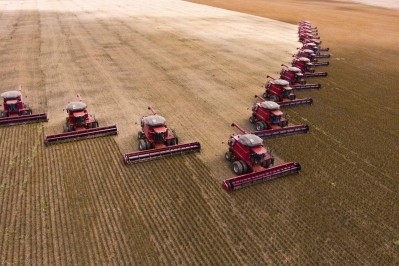FEFAC sourcing guidelines aim to increase discussion of responsible soy
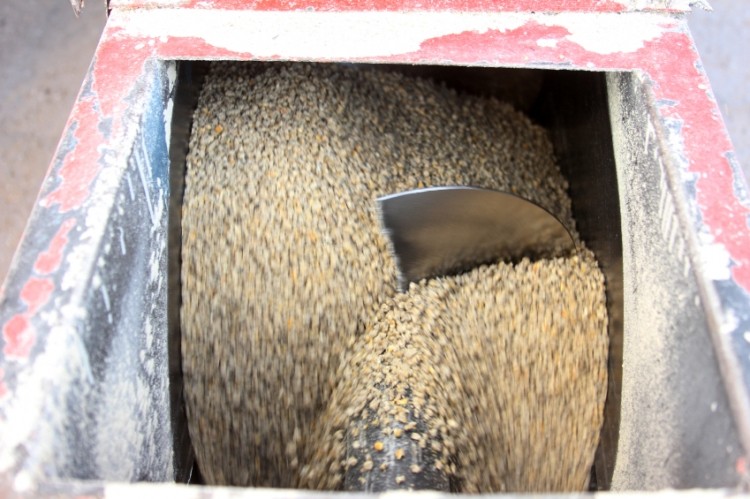
The guidelines offer a rubric to users of soybean meal to judge their current supply methods or company programs, and to increase the mainstream supply of the product in Europe, said Angela Booth, FEFAC sustainability committee chairperson.
“The intention is that this will be a way to more quickly implement a greater volume of responsibly sourced material into Europe,” she told FeedNavigator. “This isn’t the end point, this is the start point.”
A place to start
The suggestions set a minimum level, and if users want to increase them they can, she said. The current guidelines were designed to be easy to use and work with existing schemes, however, they are suggestions, not standards that have to be followed.
The first step FEFAC is hoping to see will be for people currently using soybean meal to evaluate where that product comes from, or determine if more of their supply could come from sustainable crops, Booth said. The document is intended to facilitate conversations about using a responsible supply.
Included in the guidelines
The guidelines cover six major areas: legal compliance, responsible working conditions, environmental responsibility, good agricultural practices, respect for the legal use of land and the protection of community relations.
Each topic stated a range of essential and desired criteria and a timeframe. For example, the first principle, that of legal compliance, had one criterion, “the producer is aware of the applicable laws and applicable laws are being complied with.” And, it included two essential steps of immediate criticality – the ability to understand the applicable laws and that those laws were being heeded.
Other principle topics drew attention to ideas like workers’ right to a safe work place and fair compensation. While guidelines for land use and community relations discussed following legal procedure and ensuring that complaints are managed. Additional areas covered the need to maintain soil, surface and ground water quality and not use agrochemicals mentioned by the Stockholm and Rotterdam Convention.
Environmentally, the guidelines covered what it means to have a responsible increase in soy production, which it defines as complying with relevant legislation, protecting legal reserves or conservation areas and not using land that has been illegally deforested after national cut-off dates. Additionally, waste has to be handled appropriately.
Deforestation
The guidelines have not gone to zero deforestation but reference legal standing, said Booth. This was a step taken to encourage the work in several counties, like Brazil, which have improved their legislation around deforestation.
“We’ve gone to a legal definition because we want to encourage it to happen and we want to be clear about that,” she said.
Changes from earlier drafts
An earlier draft of the guidelines was released in March for comments and some changes were made to address the suggestions received, said Booth.
These alterations included making some recommendations more immediate, such as those to not burn land to destroy crop residue or to remove vegetation, said FEFAC. Another area updated applied to the aerial spraying of pesticides.
What’s to come
In the guideline development, consideration was given to the costs that might be created, said Booth. That was another reason why they are framed around using or evaluating processes that are already in place.
“The intention has always been to enable this at minimum cost, that was a lot of the thinking behind trying to use what is there already,” said the committee member.
The current guidelines have taken about two years to develop, she said. When work started, there was a wide range of interest levels, from those stakeholders who wanted to move forward quickly to those who were focused elsewhere.
“They probably are not perfect, but we think we’re better off to get on and try to get some supply happening than spend more time fine tuning and deciding what the next action will be,” she said.
Work is currently focused on explaining the new guidelines, but changes are planned, said Booth. The document is intended to be updated as increasing amounts of soybean meal meet the guidelines. There is no timeline for the revisions as their relevance will be evaluated on a volume basis.
Additionally, she said, a benchmarking tool is being developed with the International Trade Center and can be utilized to determine if a standard, scheme or program meets the guideline criteria. It should be available by the end of September.
